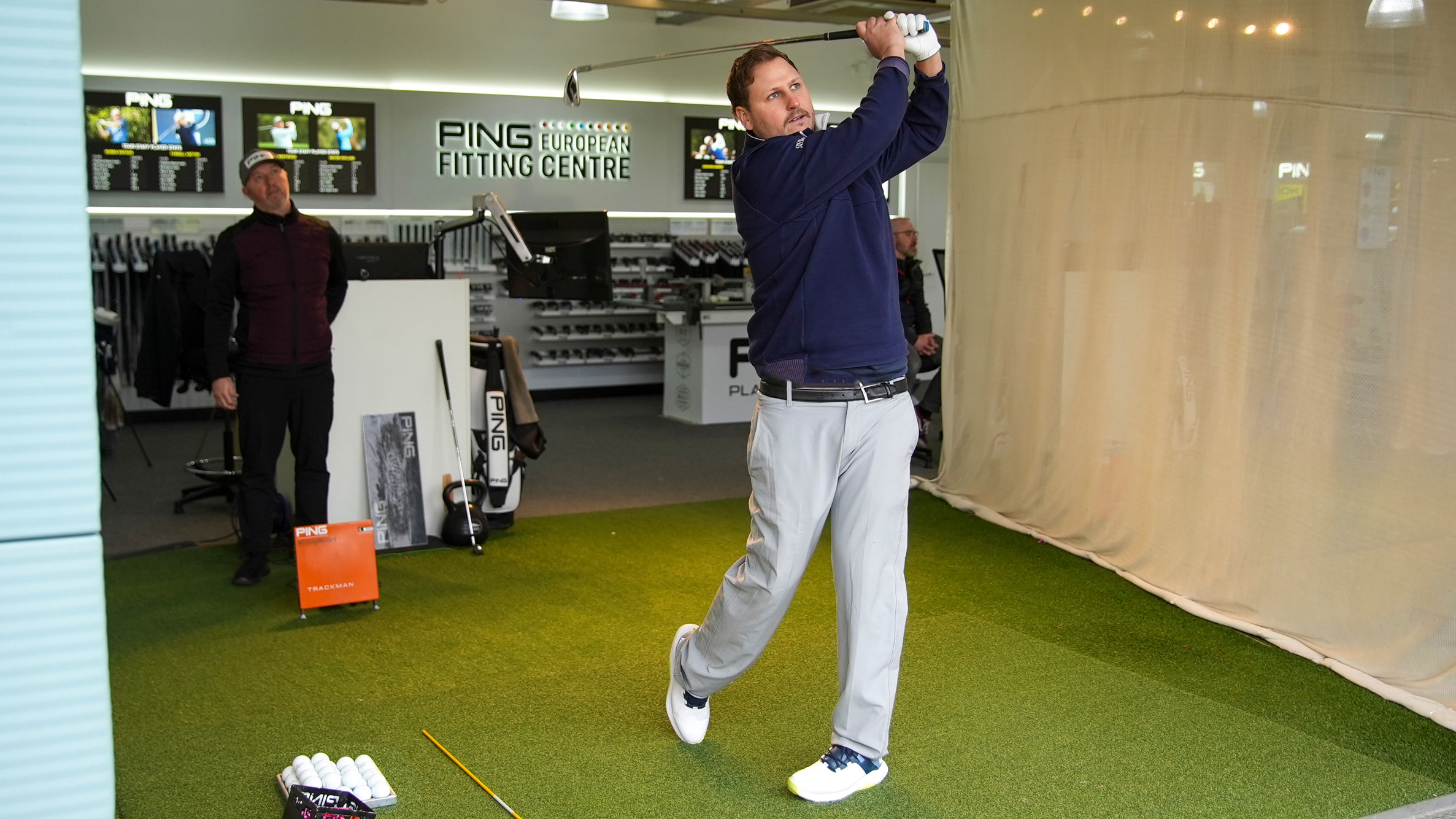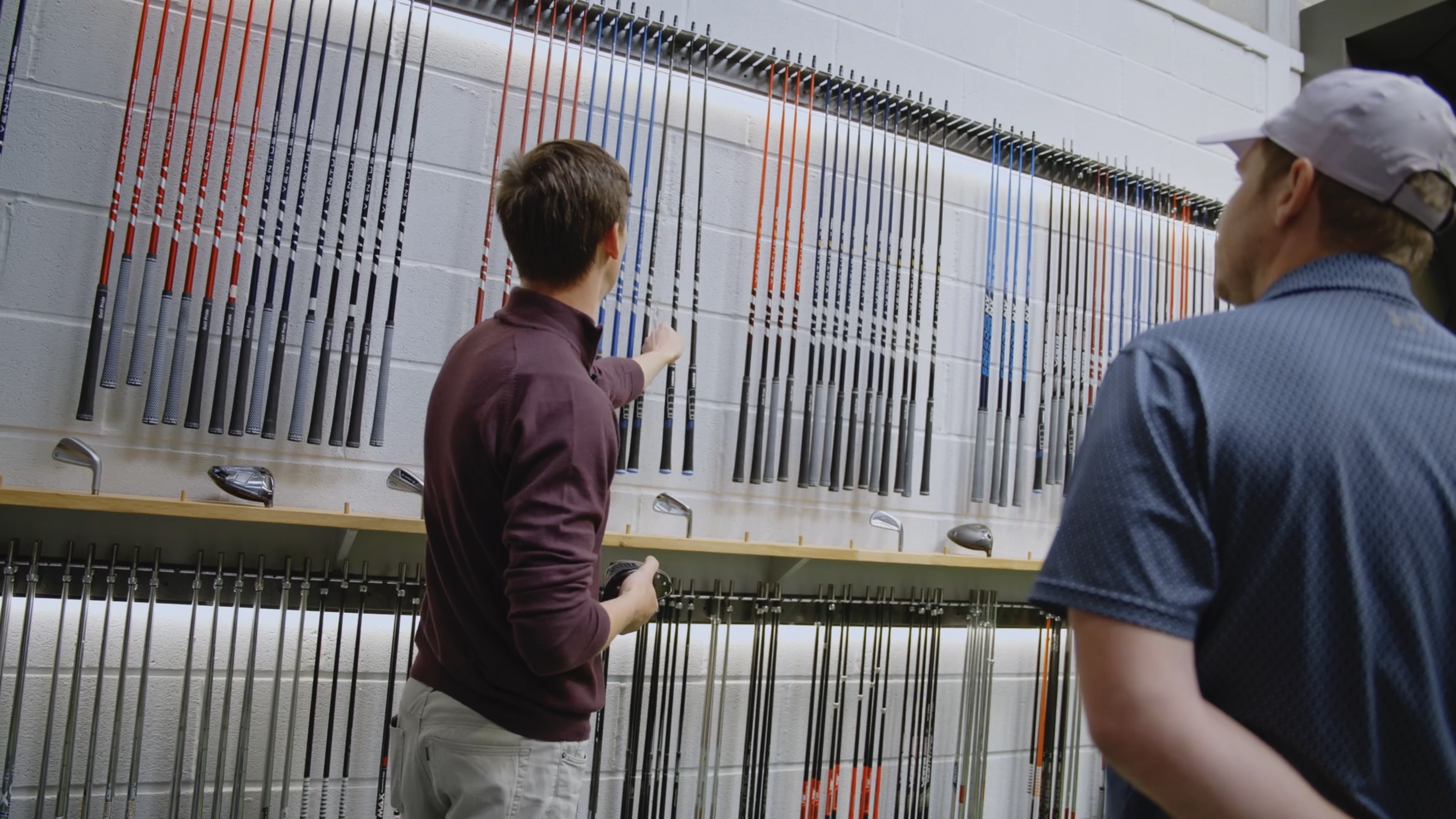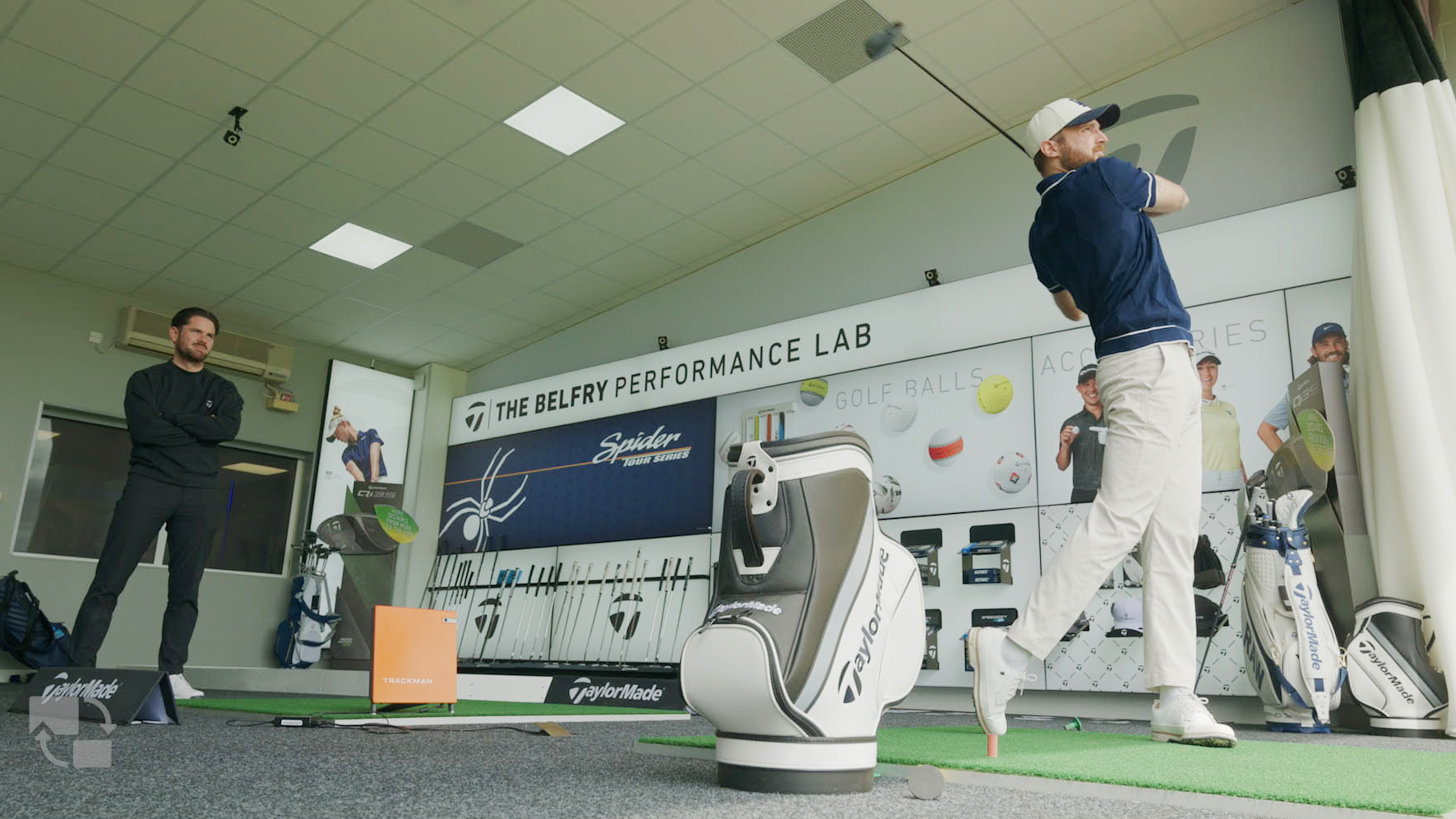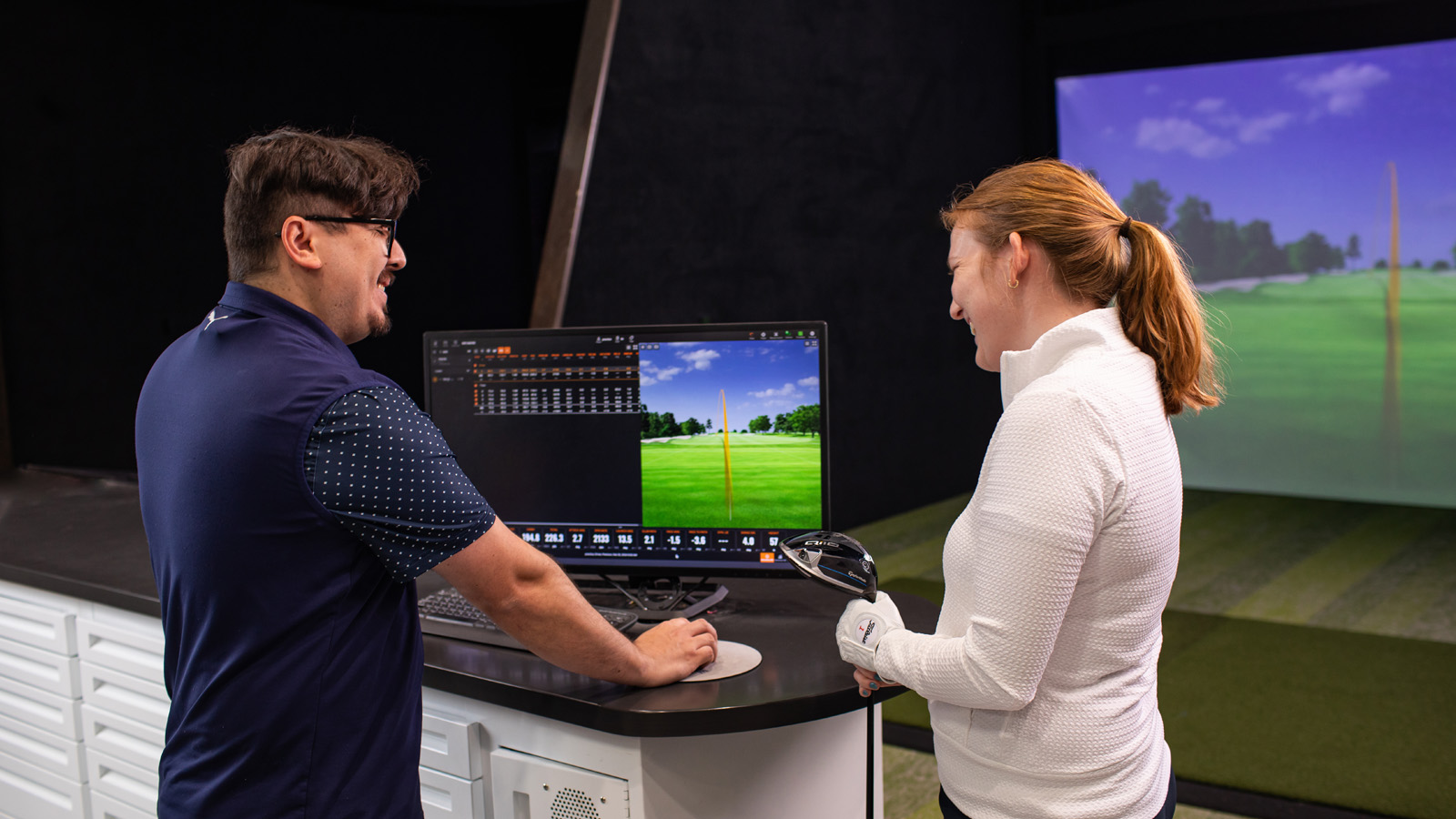Why A One-Hour Custom Fitting Is Nowhere Near Enough
Joe Ferguson has some reservations about the current accepted standard in retail custom fitting and explains why you should lower your expectations from a one-hour session


For many amateur golfers, a custom fitting session is seen as the ultimate solution to their equipment woes. An occasion to massively look forward to, it's an opportunity to walk into a state-of-the-art studio, hit a few balls, and walk out with a brand new club perfectly tailored to their game.
The promise of a "perfect fit" in just an hour is a powerful one. However, as a former custom fitter and a PGA Professional who has spent countless hours around both the best players in the world and regular club golfers, I'd argue that this idea is a myth. A single, one-hour custom fitting session is not the be-all and end-all of equipment optimization; for me, it should just be the first step in a much longer process.

My experience has shown me that the best players in the world take their time with their equipment choices, and I believe that there is something to be learned from this for all of us. They understand that a fitting is not a one-and-done event; it's an ongoing, iterative process.
To illustrate my point, I can recall an instance early in Tyrrell Hatton’s career when I was shadowing a TaylorMade tour fitter at the 2015 British Masters at Woburn, where the TaylorMade team were working to get Hatton into their latest M1 driver.

Speaking with the fitter who was working with Hatton, it became apparent that this driver "fitting" had taken place over a series of five different sessions to that point at various tournaments, and had spanned nearly three months by that stage. Even after all that time and effort, he ultimately decided to stick with his Ping driver, a club he had been using for a while.
This anecdote perfectly illustrates that for elite players, a club choice is a painstakingly considered decision, not a quick one. They will go through multiple sessions to eliminate any chance of a "fluke" performance and to try equipment in a variety of conditions, including on days when they aren't swinging their best.

I fully understand that for many, multiple fitting sessions may not feel like a viable option, both financially and due to time constraints; however, the cost of a second or longer fitting session would likely pale in comparison to the cost of having to replace a poorly fitted set of irons or driver. A scenario I have come across all too often, unfortunately.
Subscribe to the Golf Monthly newsletter to stay up to date with all the latest tour news, equipment news, reviews, head-to-heads and buyer’s guides from our team of experienced experts.
As a former custom fitter myself, I simply can't imagine a scenario where one hour is long enough for me to be confident that a player is going away with a club that is truly perfect for them, whether that’s a driver or fairway wood, a set of irons, or even a putter. There is simply too much to fit into a session to get a completely accurate picture in that timescale.

For me, a good fitting starts with gathering data on a player’s current equipment and measuring its exact specifications. It then moves into a deep discussion about their game, goals, and preferences, all before a single new club is swung. Only once you have gathered this information (and more importantly, taken the time to analyse it) can you begin the process of working through multiple head, shaft, loft, lie, and swing weight combinations.
Whilst I understand the sales targets and time efficiency constraints of many fitting establishments, to rush this process is simply doing the player a disservice.

In my opinion, a more holistic approach to fitting is needed for amateurs as well as the top players in the world. This should include:
Regular Check-ins: Your swing changes over time. Your body, physical condition, and swing speed are not static. A club that was a perfect fit for you two years ago might not be today, so regular check-ins with your fitter can help ensure your equipment is evolving with your game.
On-Course Testing: While the numbers on a launch monitor are invaluable, they don't tell the whole story. The only true test of a club is on the golf course, where a player can experience how the ball reacts from various lies and in different ground and weather conditions.
A Deeper Understanding: A fitting should be an educational experience. A good fitter doesn't just give you a club; they teach you why a certain shaft or head works for your swing. This deeper understanding can only be genuinely established through a similar process to that which I have outlined, and can help a player make better decisions about their game and equipment in the long run.

While the one-hour fitting session is a great starting point, I’m sorry everyone - in my opinion, it is not the final answer. For golfers looking to truly optimize their performance and get the most out of their equipment, a more thoughtful, long-term approach is necessary.
Don't be fooled by the myth of the quick fix; the best players in the world take their time, and so should you.

Joe has worked in the golf industry for nearly 20 years in a variety of roles. After a successful amateur career being involved in England squads at every age group, Joe completed his PGA degree qualification in 2014 as one of the top ten graduates in his training year and subsequently went on to become Head PGA Professional at Ryder Cup venue The Celtic Manor Resort. Equipment has always been a huge passion of Joe’s, and during his time at Celtic Manor, he headed up the National Fitting Centres for both Titleist and Taylormade. He’s excited to bring his knowledge of hardware to Golf Monthly in the form of equipment reviews and buying advice.
Joe lives in North Devon and still plays sporadically on the PGA West region circuit. His best round in recent years came earlier in 2023 where he managed a 9 under par 63 at Trevose GC in a Devon & Cornwall PGA Tournament.
Joe's current What's In The Bag?
Driver: Switch between TaylorMade Qi35 and Callaway Elyte TD - both with Fujikura Ventus Black 6-X
Fairway wood 1: TaylorMade BRNR Copper Mini Driver - Fujikura Ventus Black 7-X
Fairway wood 2: Callaway Apex UW 17˚- Fujikura Ventus Black 9-X
Irons: TaylorMade P7CB 3-PW with Dynamic Gold Tour Issue X100 shafts
Wedges: Callaway Opus 50, 54, and 60 degrees - Project X LS 6.0 shafts
Putter: LAB Golf Oz.1 (zero shaft lean)
Ball: TaylorMade 2024 TP5x
Grips: Golf Pride Tour Velvet 60R
Bag: Vessel Player IV Pro DXR Stand
You must confirm your public display name before commenting
Please logout and then login again, you will then be prompted to enter your display name.